Southern Italy was our destination as we set out with our dear friends and not a small amount of trepidation as to whether we would still be good friends by week’s end (I am happy to report that we are).We landed in Rome, rented a brand new BWM (10 km on the odomoter) and after stuffing our bags into the almost big enough trunk, our adventure began.
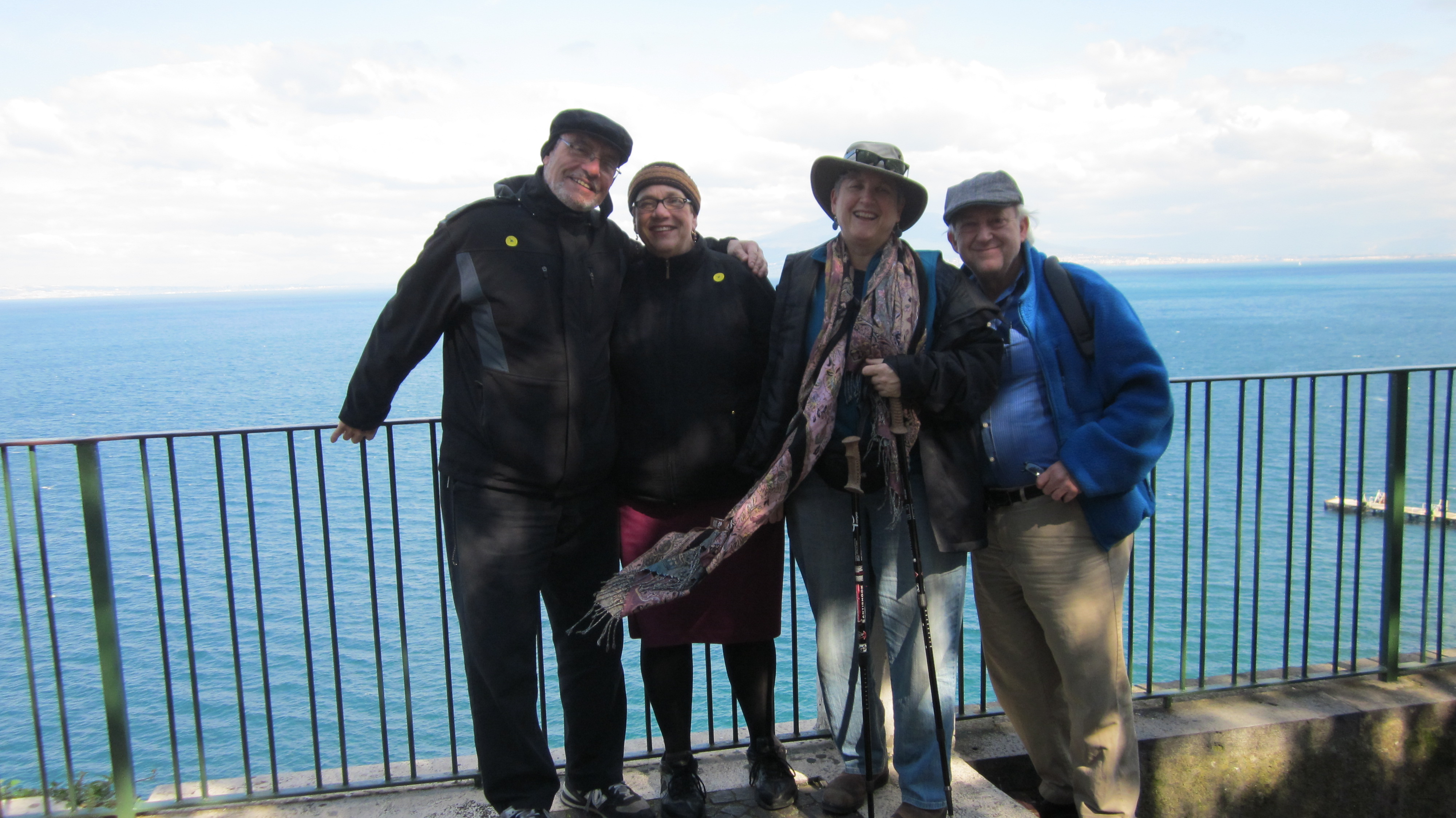
Seasoned slow travelers that we are, we prepared our friends for the notion that we would not see everything there was to see, nor even a fraction of what is to be found in Lonely Planet or Rick Steve, but that what we would see, we would savor and enjoy.Deciding between Pompeii and Herculaneum was our first joint decision, but since our friends had made all the land arrangements and left the touring to us, Heruculaneum it was. The rain clouds parted as we parked at the edge of town at the “scavi” (Italian for excavation).

This major site goes largely unnoticed compared to it’s much more famous sister, Pompeii, and as far as I am concerned that was all to our advantage as another tenet of slow travel is to avoid crowds. The day we visited there were a few tourists there and thus we were able to leisurely explore the site, without being trampled by the hordes. We picked up a local tour guide who showed us the highlights of the site and went into great detail about the differences between Pompeii and Herculaneum. When Mt. Vesuvius blew it’s lid on the Ninth of Av in the year 79 (a mere nine years after the destruction of our temple in Jerusalem) it first covered Pompeii in thick ash, and only a day later, when the wind changed sent hot mud streaming down the mountain to cover the much closer Herculaneum. Herculaneum, the summer watering grounds of Roman upper crust society, was thus preserved down to the furniture and wall frescos, and of course the grisly remains of human skeletons were found too. The site is quite remarkable and we enjoyed our introduction to ancient Roman culture with its emphasis on joys of the flesh and not too much worry about the world to come.
After driving through Sorrento, up the winding mountain road to our villa in the town of Saint Agate, we were happy to settle in, unpack, and run out to the local fruit and vegetable market for garnet red raddiccio, mushrooms and espresso coffee. Enjoying the wine and cheese we brought with us from Israel and the local olives, as our food cooked, it seemed like an auspicious first day, and a wonderful start.
Day two dawned partly cloudy to the aroma of fresh espresso. After a hearty breakfast we set out for the Amalfi Coast renowned for its breathtaking scenery, with cliffs meeting the sea at precipitous angles, and little villages virtually hanging off the sheer side of the mountains. We weren’t disappointed and caught some beautiful views.

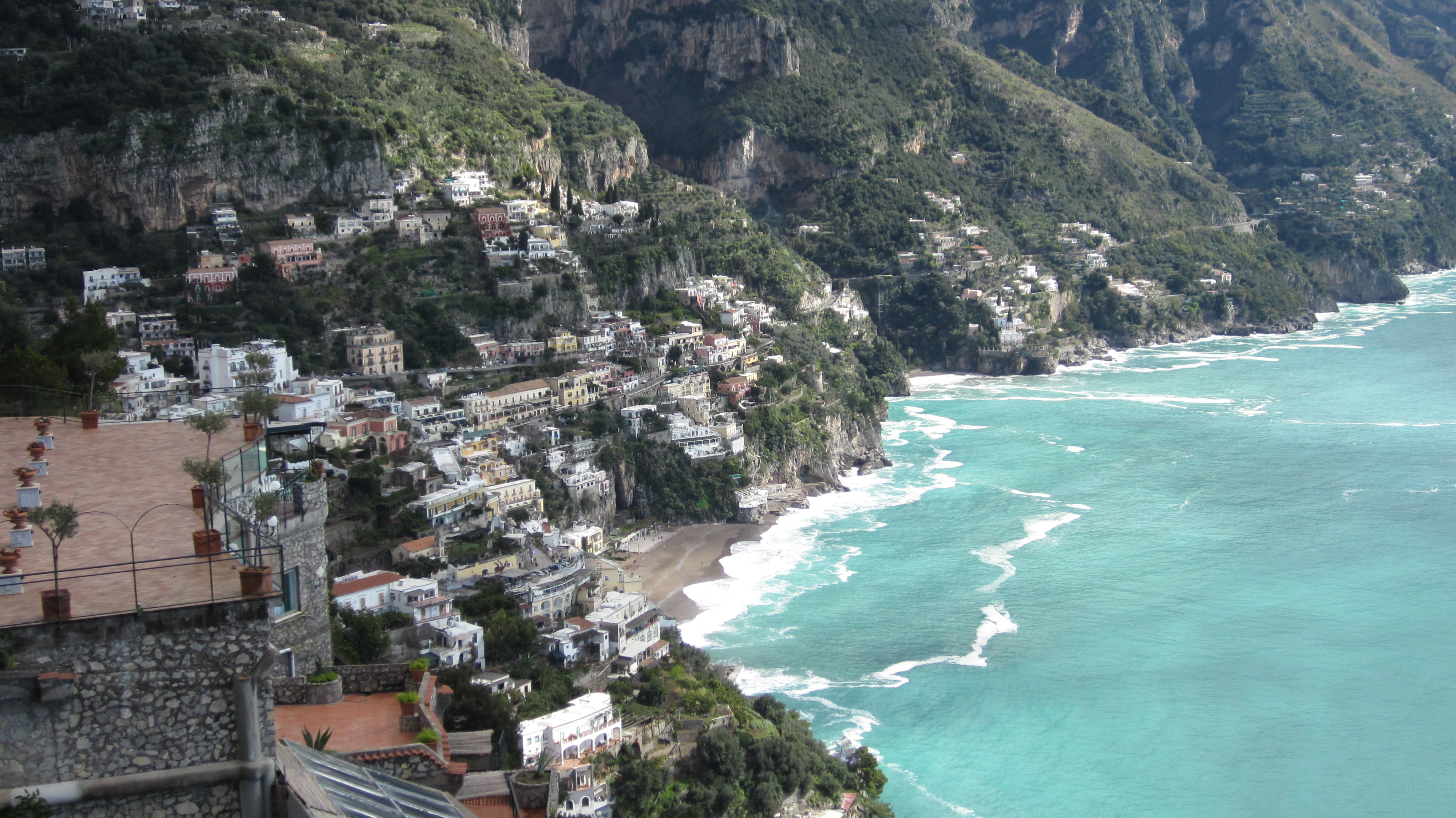
As you might imagine, the roads are sinuous and winding and provided some not insignificant challenges to our wonderful driver, Mike . Sometimes it is the better part of valour to just sit and wait like when we met the bus below on a road wide enough for one.
.We spent some time in the town of Amalfi, wandering the streets and alleyways and visiting an interesting paper museum.
The next day we set out for the island of Capri, a short boatride from Sorrento. While waiting for the boat we enjoyed exploring Sorrento, a quaint seaside town, with many reminders of it’s glorious past. Some of those reminders are the archways in buildings. Others, like the local “men’s club” below, are truly fantasti remains of ancient glory. There were actually men playing cards in the corner!
Capri, the playground of the rich and famous is a charming seaside island. We took a cable car ride up the tallest mountain, and wandered around soaking up the views and atmosphere, deciding that it was worth a one time visit, but we didn’t have to return.
Friday was spent packing up, grocery shopping, moving on to Naples and getting ready for Shabbat. Little did we know what was in store for us. When we stepped into our apartment in Naples we found ourselves in a palace. The view on to the Bay of Naples and Mt. Vesuvius was world class. The antiques and furnishings were museum class, the chandeliers would be the envy of any housewife in Boro Park. We baked challah and cooked wonderful food, enjoying the bounty of the Italians both the sea and the land.

Shabbat was spent like most of our shabbatot: davening, eating, sleeping, walking. We went to the only active synagogue in Naples, a twenty minute walk from our place. Total membership: 100. Not too impressive, and not overly friendly. My overriding impression is that it is a struggle to be Jewish in Naples, and it is remarkable that the synagogue even exists. Saturday night we went for a walk in search of a kosher pizza that wasn’t to be. Walking on the seaside promenade where the four lane boulevard was closed for pedestrian traffic was clearly what most Napolitans were doing. It felt like the whole city of 3 million was out at 10 PM walking the streets- grandparents, youngsters and even little babies. The boulevard is lined with restaurants, all offering pizza, as Naples is the birthplace of that most wonderful of foods.
Sunday morning we met Roberto Modiano, our local Jewish tourguide. He packed an amazing amount of sites into the five hours we were with him. We started out on an unremarkable Napolitan street. Little did we expect to see the thousands of skeletons that greeted us as we entered the caves that were actually the leftover stone quarries. The earth under Naples is called “tuffo” and this is the yellow building stone that is used in this area. Naples sits on more than 150 kilometers of tunnels and caves, with very few of them opened to the public. We were luck to see two. The first was the dumping grounds of Naples during the black plague in the 1500s and the more recent malaria plague in the 1800s. Tens of thousands of corpses were dumped here. As time passed, local people would “adopt” a skull, and build a box for it. They would come to visit the skull, and bring offerings, asking for intercession in the heavens above; requests might be for health, marriage, or children. When the miracle was wrought, the happy supplicant would show his thanks by preparing a plaque, or building a nicer box for the skull. This practice went on until the 1950s when it was outlawed and the cave was closed. After a massive cleanup effort, the caves were reopened only a couple of years ago.
After touring more subterranean sites, seeing ancient Greek and Roman ruins, as well as palaces, we also saw the remnant of the Jewish Quarter, noted only by a small street sign. There are virtually no remainders of Jewish presence in Naples, and in fact the Jews were here for only a very short time after the expulsion from Spain in 1492. They came back in the 1800s, but the community was always quite small.
Before leaving Naples we stopped at it’s most famous coffee shop for world class coffee served by barristas who are proud of what they do.
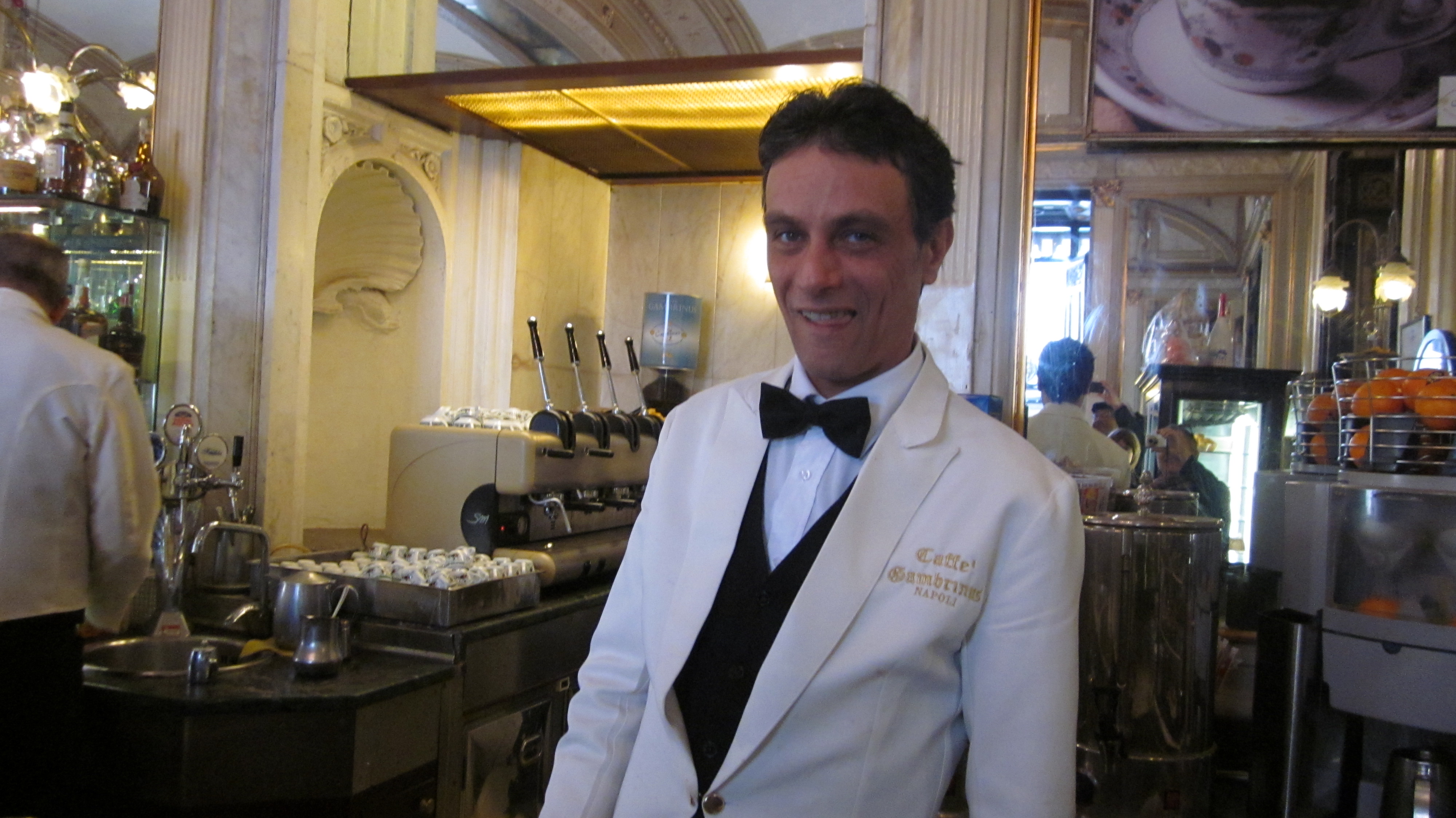
Sunday afternoon we loaded up our trusty BMW and headed off to Rome. We stopped on the way for breathtaking views from the top of Monte Cassino.
Arriving in Rome in the evening we were most disappointed with our “kosher” B & B, Cesar’s Palace, so we decided to cut our losses, and stay there only one night, rather than two. We salvaged the night by driving down to the Jewish Ghetto and eating in Ba’Ghetto, an authentic Italian dairy restaurant. We finally got our pizza.
On our one day in Rome we did a walking tour of downtown Rome, guided by the tireless Rick Steve, revisiting favourite piazzas and fountains, the Pantheon, and enjoy the world’s best coffee at Café D’Oro right near the Pantheon. We grabbed a cab to the Vatican Museums where with the help of audio guides saw highlights of this most amazing of museums. The Sistine Chapel was the final stop of this visit, and once again the irreverent Rick Steve guided us through it, this time on a downloaded audio (highly recommended). Seeing the famous panel of God creating man is slightly underwhelming, but the overall effect of the Chapel, and the richness.

- Roman Market – Campo Fiori
- We ended our wonderful trip with a celebration dinner, this time at the meaty BaGhetto. All in all a wonderful trip. Fortunately I threw a coin in the Trevi Fountain so I know that I will be back soon.

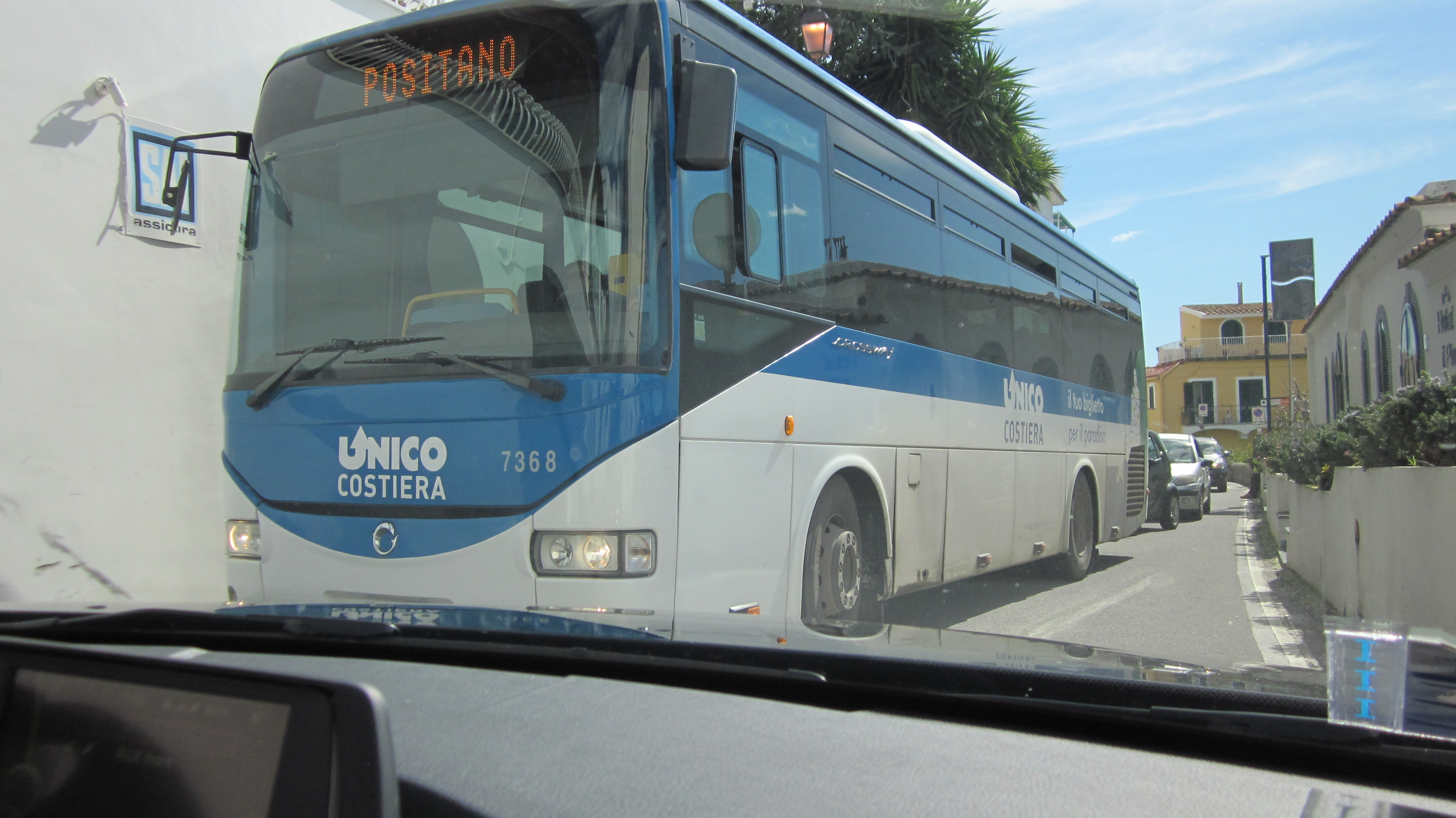










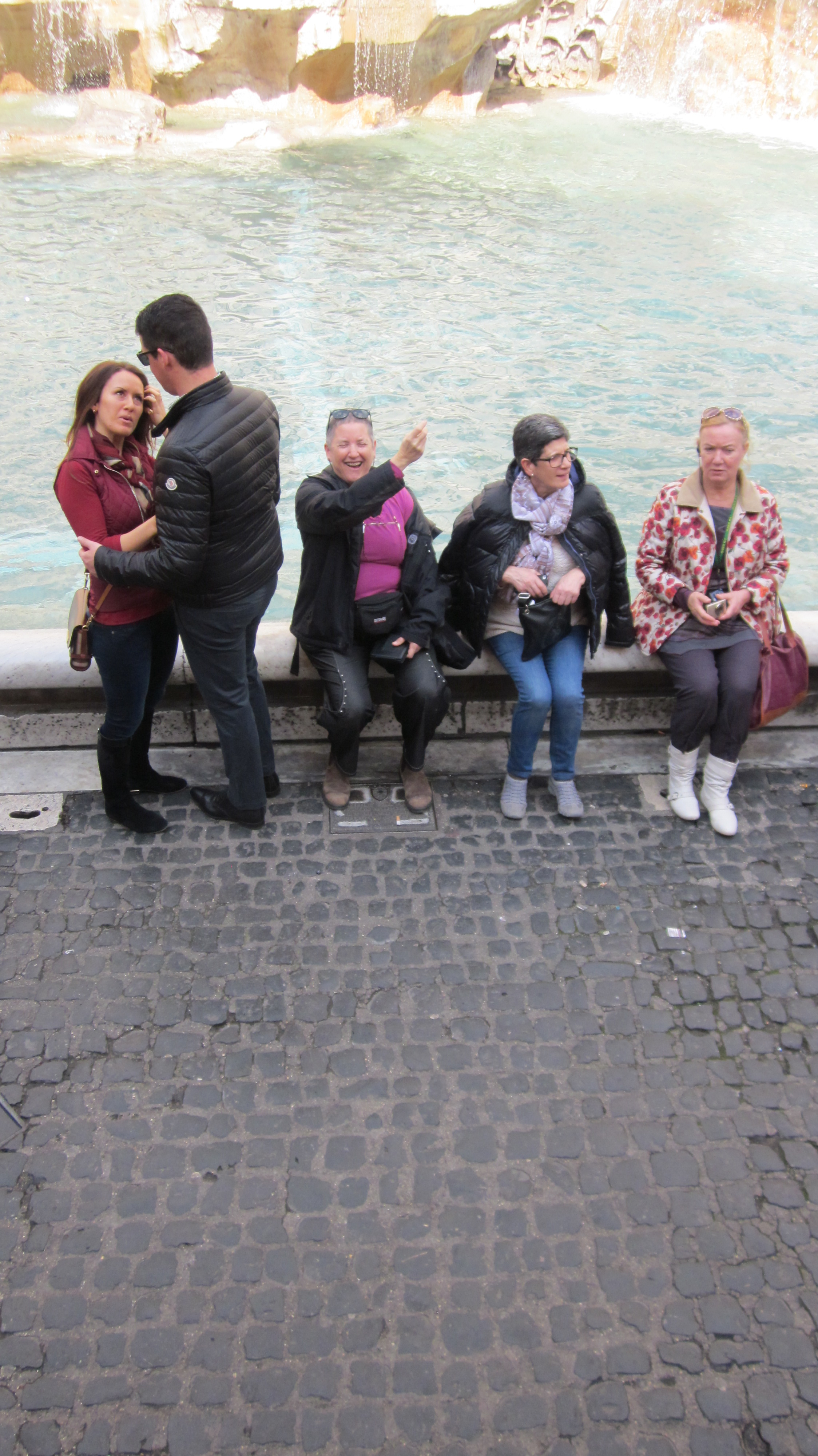
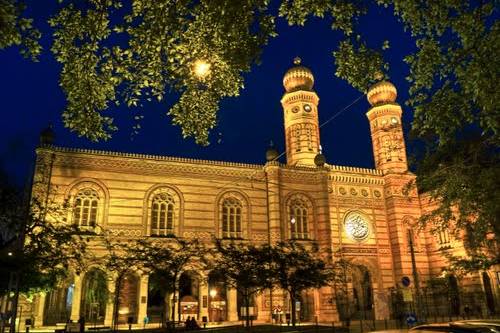
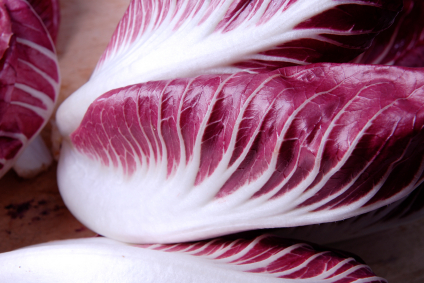
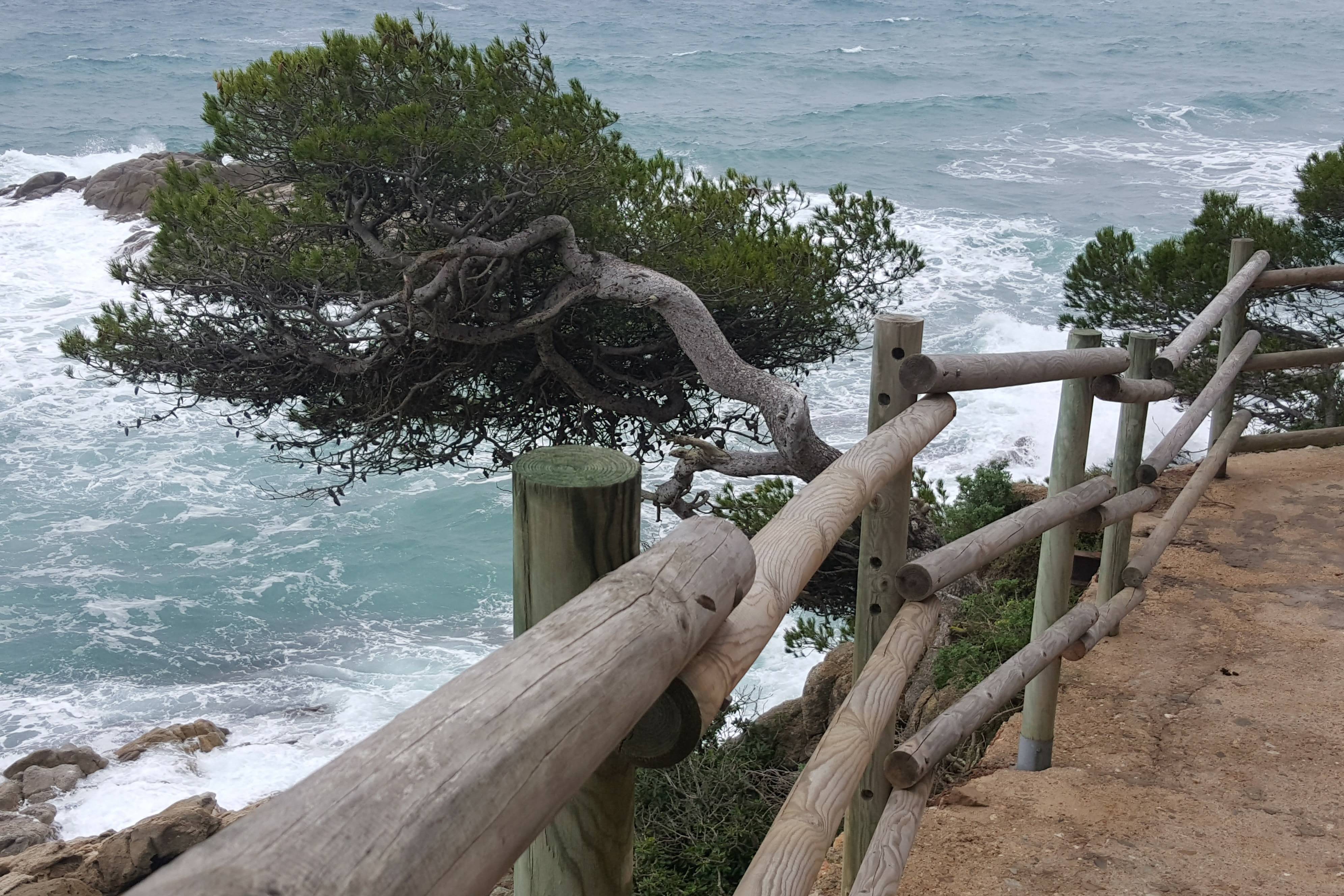
Very nice – sounds like fun!
Wow! I want the address of the shabbat palace. 😉 Great descriptions! You make me want to go right this minute.